One of the biggest factors that determines whether young people return to the justice system is how well they can read. But many juvenile detention centers in the U.S. don’t even have libraries.


One of the biggest factors that determines whether young people return to the justice system is how well they can read. But many juvenile detention centers in the U.S. don’t even have libraries.

Lack of Latino data misrepresents Latino youth in the juvenile justice system, making nonprofits’ efforts to help more difficult.
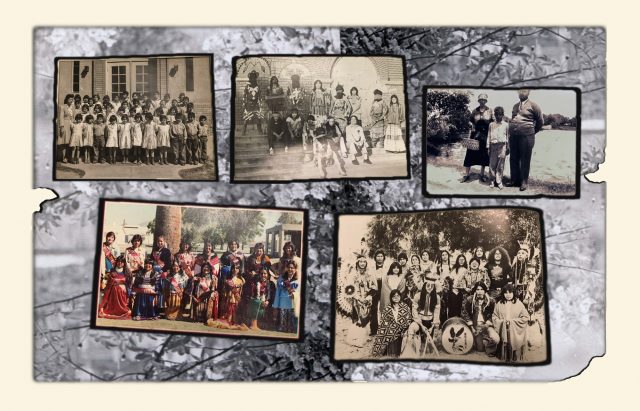
Experts on U.S. Indian policy trace the high number of incarcerated Native American youth back to U.S. policies of the 19th and 20th centuries, including forced boarding schools, that undermined Native American sovereignty.
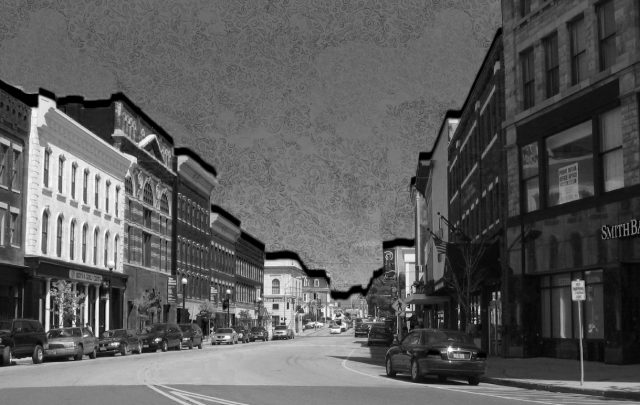
Six rural towns in Vermont are combating youth substance use thanks to inspiration from the small Nordic country of Iceland.
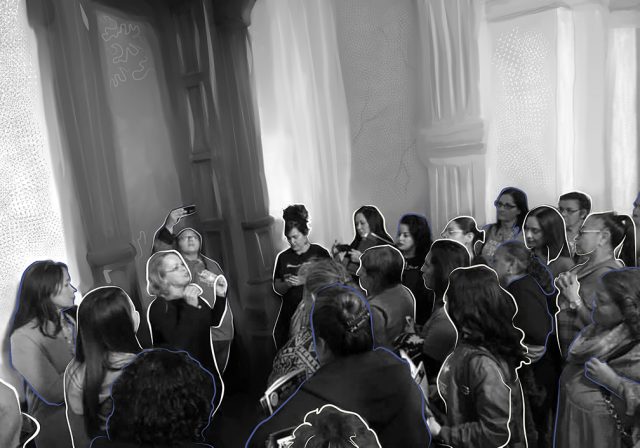
Texas-based advocacy groups are working to pass a bill to shorten long juvenile prison sentences.
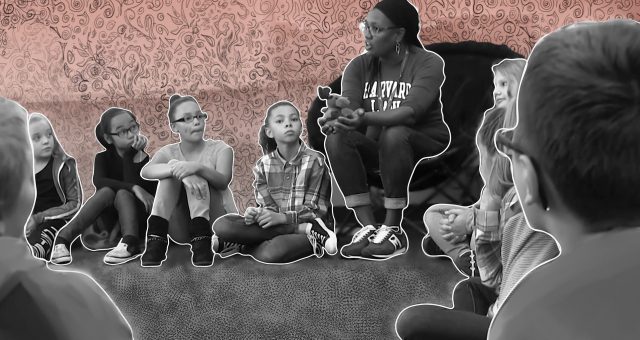
Spokane Public Schools in Washington is helping students take accountability and be supported by their community through restorative justice practices.
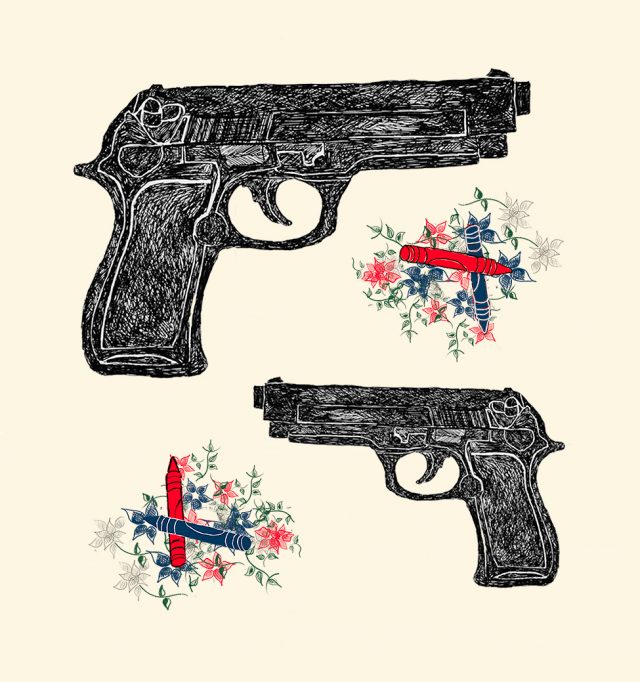
Nonprofits across the U.S. are working to stop gun violence in schools, which is disproportionately caused by students.
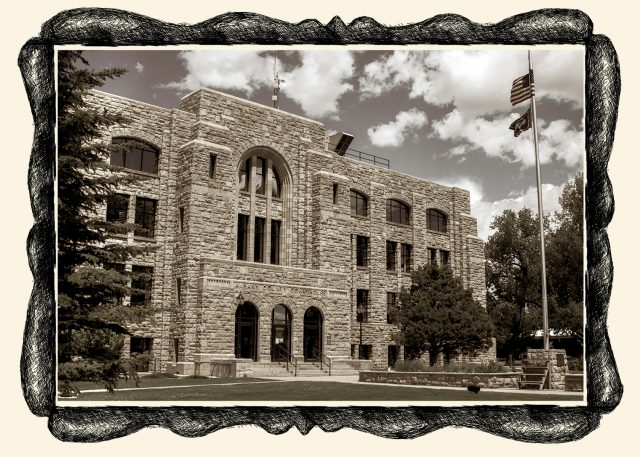
A newly elected county attorney in Wyoming teamed with law enforcement, advocates and others to push juvenile diversion reforms and transform the way the county deals with juvenile crime.
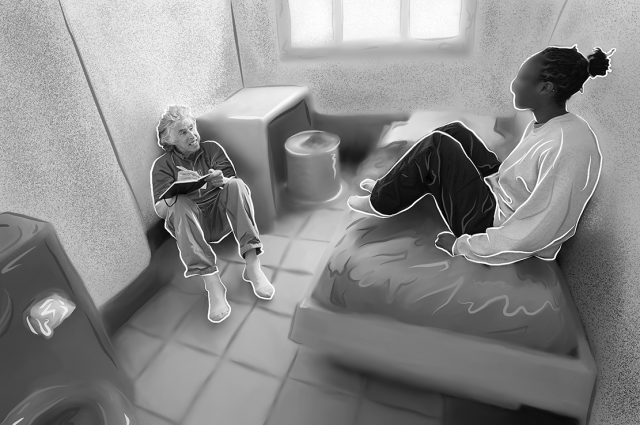
Photographer Richard Ross transports viewers into the cells of America’s confined children, through his body of work “Juvenile in Justice.”
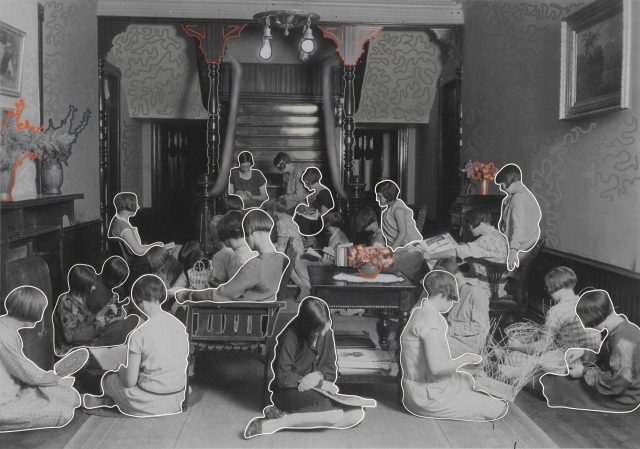
Founded in 1883, National Crittenton was the first group to open its doors to young women pushed to the edges of society, providing a safe place to sleep, community and emotional support. National Crittenton still wrestles against the risk factors — sex trafficking, domestic violence and poverty — that drove girls into the juvenile justice system more than a century ago, and still do today.